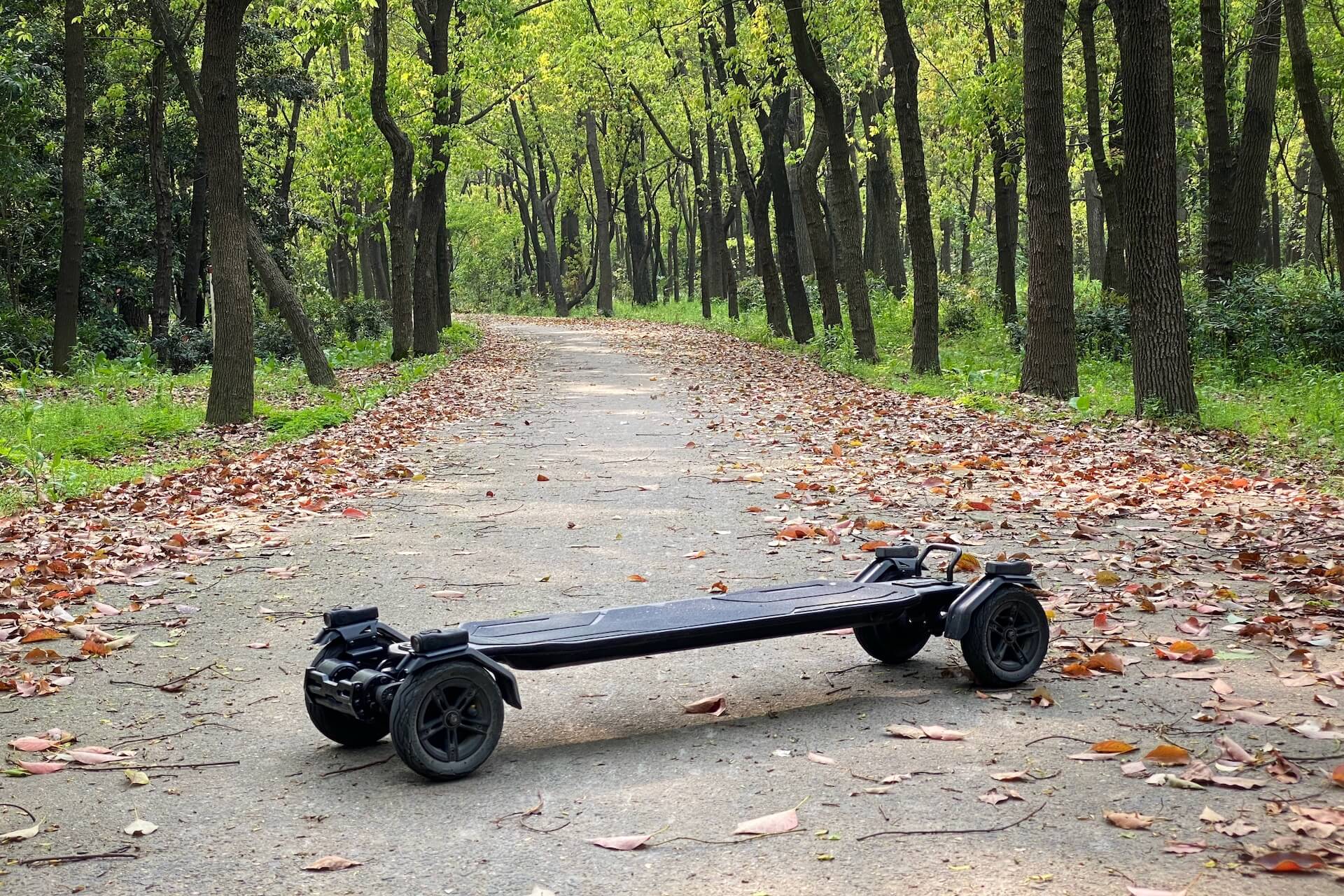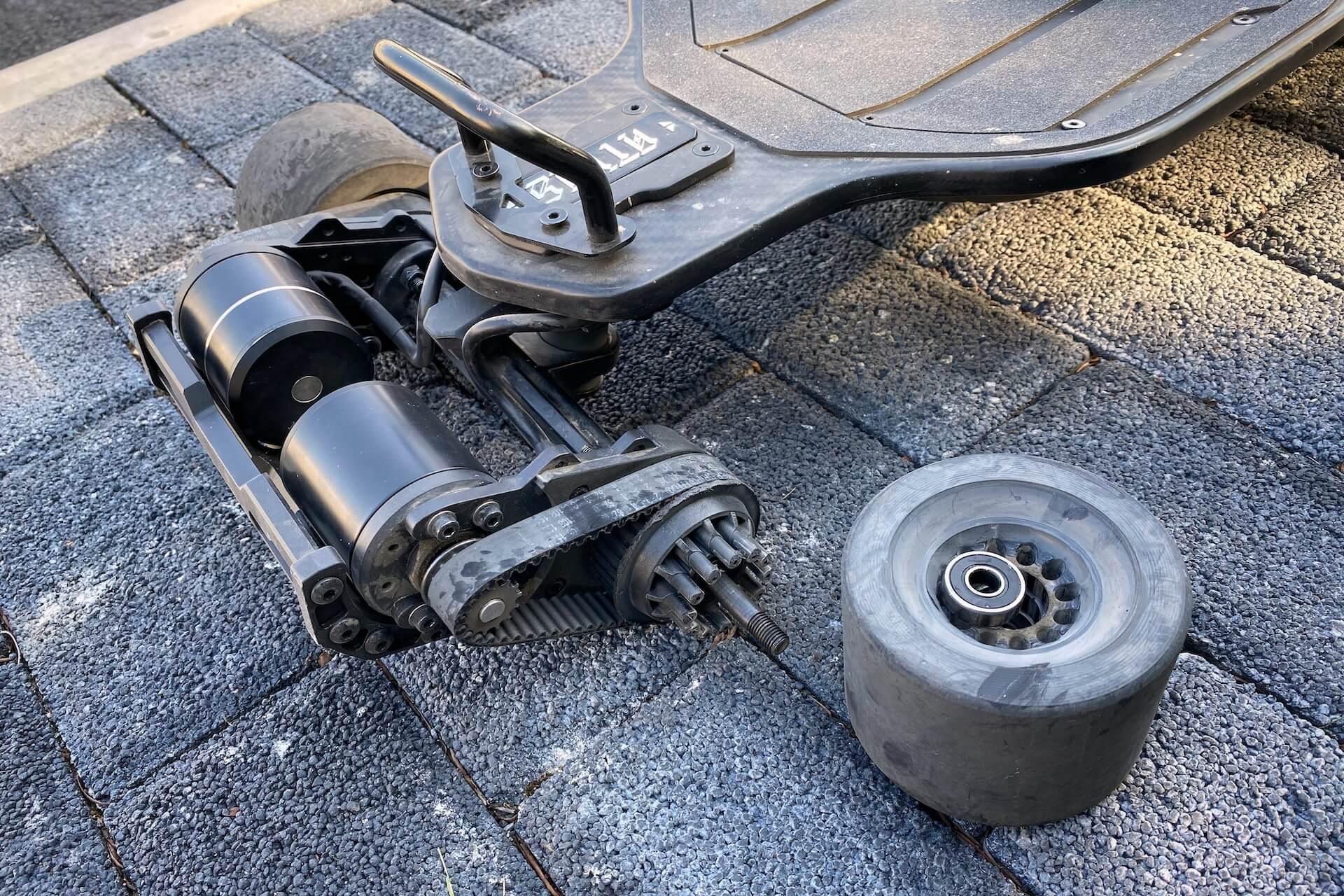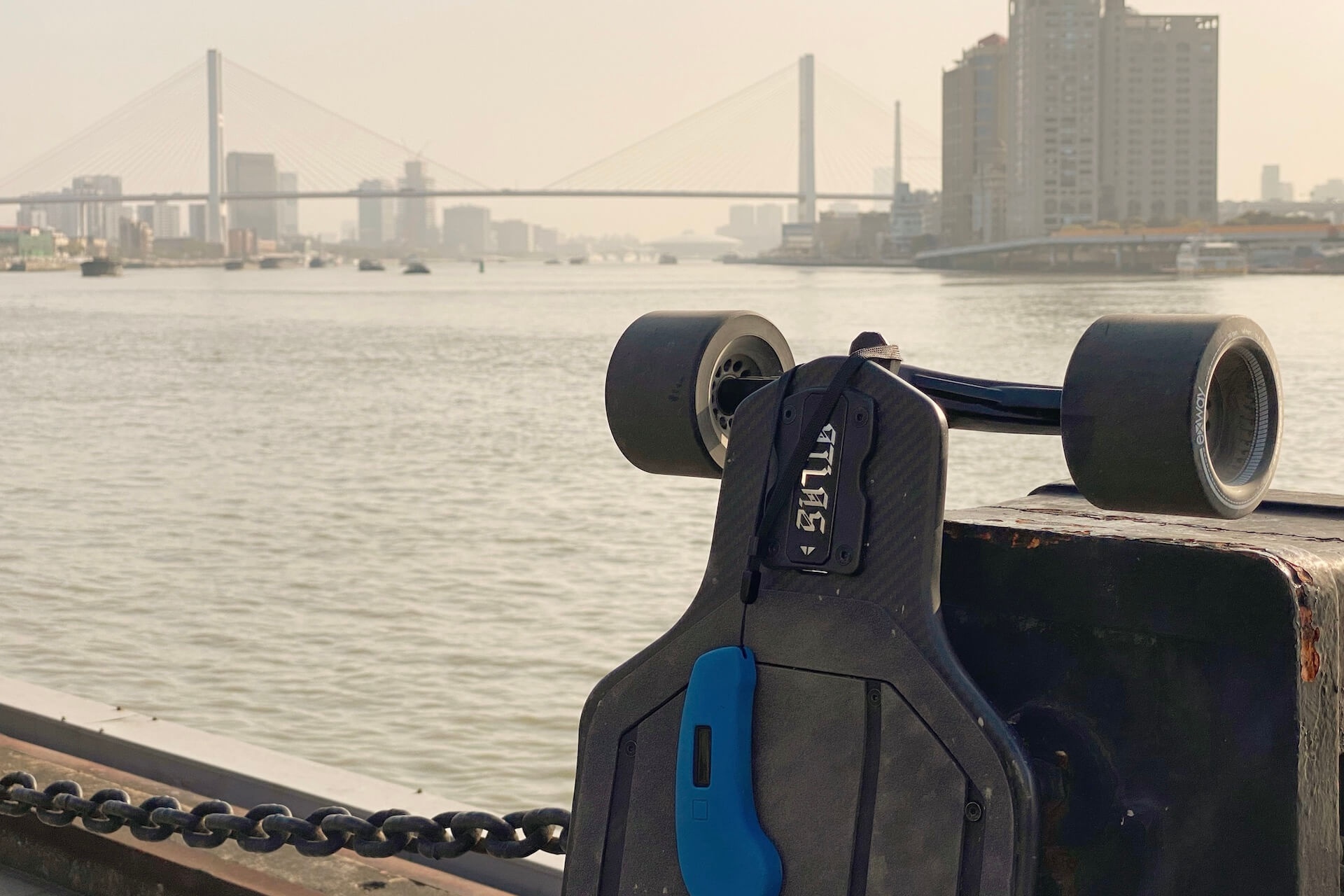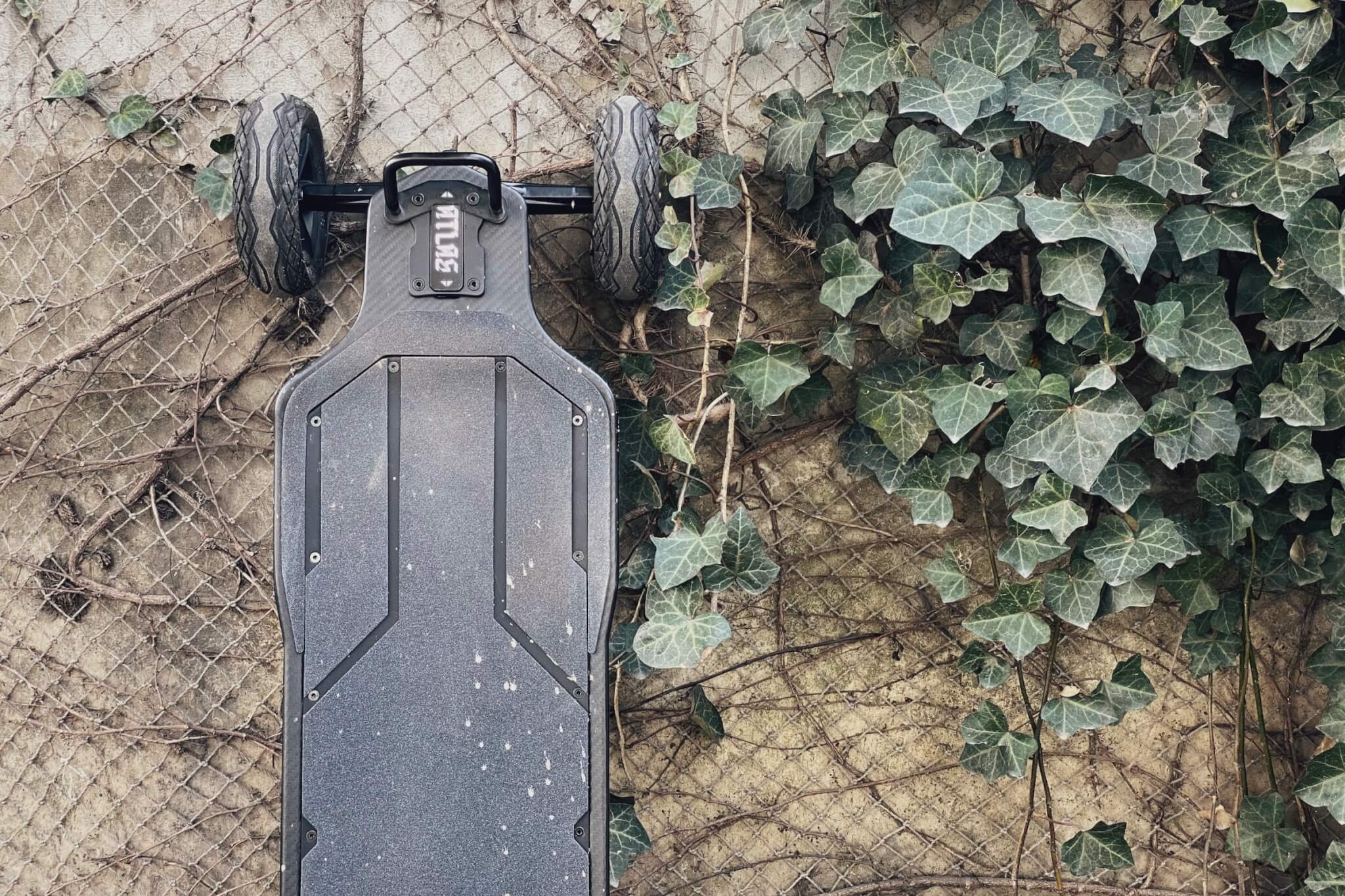Tag: exway atlas
-
Exway Atlas Pro: What’s new?
in ReviewsBefore I talk about the Exway Atlas Pro, let’s have a little refresher about the original Atlas. The Future of Consumer Electric Skateboards About a year ago, Exway released the Atlas – a modular all-terrain electric skateboard that can be configured as 2WD for more range, or 4WD for some insane performance. Even in 2WD, the…
-
Exway Atlas Review
in ReviewsThe Exway Atlas Carbon gives us a peek into the future of consumer electric skateboards. It’s such a threat to the status quo that even the police couldn’t keep their hands off it. In previous videos, I showed you that the Atlas was created because of bigotry from a self-aggrandizing brand, and that it outperforms…
-

Exway Atlas 4WD All‑Terrain Range Test
in ReviewsRecently I measured the range on my pre-production Exway Atlas in 4WD configuration with the stock all-terrain kit. I’ve already done range tests in the other stock configurations: 2WD with street wheels 2WD with all-terrain wheels 4WD with street wheels 4WD with all-terrain wheels This test was performed with the original 518 Wh battery with…
-

Exway Atlas 4WD 90mm Range Test
in ReviewsA wheel flew off during this range test LOL! I felt the back veer to one side, skidded a bit, couldn’t control the board and ran off. I didn’t even know a wheel had come off until I looked back at the board. Found all the pieces except for the nut and speedring. It was…
-

Exway Atlas 2WD 90mm Range Test
in ReviewsI actually completed a range test on Exway Atlas 2WD with street wheels (90mm, 36T pulleys) two weeks ago. Just didn’t get around to writing about it so here goes. Remember, lots of things affect range so please read through the ride conditions. This post isn’t a full review. This is only covering the range…
-
Uphill stress tests: Exway, Evolve, Onsra, and more
in ReviewsHere are some additional info about the seven all-terrain electric skateboards we used in these tests. Bibuff U2 5753 160Kv 1650W x215:60T 150mm604Wh Samsung 35E 18650 12S4PESC 30A Evolve Bamboo GTR 5065 150Kv? 1500W x215:66T 175mm (7-inch)504Wh Samsung 35E 18650 10S4P Exway Atlas 2WD 4240 stator (5265 equiv) 160Kv 2000W output 14:66T 160mm 518Wh Samsung…
-
Police confiscated my Exway Atlas
in NewsShanghai – and possibly all of China – doesn’t allow personal electric vehicles to be used on public roads, and not even sidewalks. The enforcement of that rule varies a lot. Sometimes the traffic cops ignore me, sometimes I get a warning, sometimes I get fined. Yesterday was the first time they took away the…
-

Exway Atlas 2WD All‑Terrain Range Test
in ReviewsYesterday I measured the range on my pre-production Exway Atlas in 2WD configuration with the stock 160mm all-terrain wheels and 56T pulleys. Remember, lots of things affect range so please read through the ride conditions. This post isn’t a full review. This is only covering my recent range test. 2WD with street wheels 2WD with…
-
Quick thoughts on Exway Atlas 2WD
in ReviewsI recently got the pre-production Exway Atlas back from Exway after they installed the bigger final motors and changed a couple other things. I wrote down some thoughts which I was going to post on Instagram, but if I write anything about Atlas there I’ll be asked a bunch of questions that I don’t know…
-
Exway Atlas now available for pre-order
in NewsExway has started taking pre-orders for their highly anticipated Exway Atlas. I went through their product info page as soon as it was live and recorded my thoughts in the video above. I don’t have a sample board yet but I will be reviewing it soon. Ready to buy? If you’re set to buy one…
-
Exway Atlas Teasers
in NewsExway has released some teaser content for the upcoming Atlas all-terrain electric skateboard. With these photos and video they’ve essentially confirmed that there will be a 4WD version. I think I can mention that there will be a 2WD version as well. Smart placements for the ShredLights as they’d always light up where the wheels…